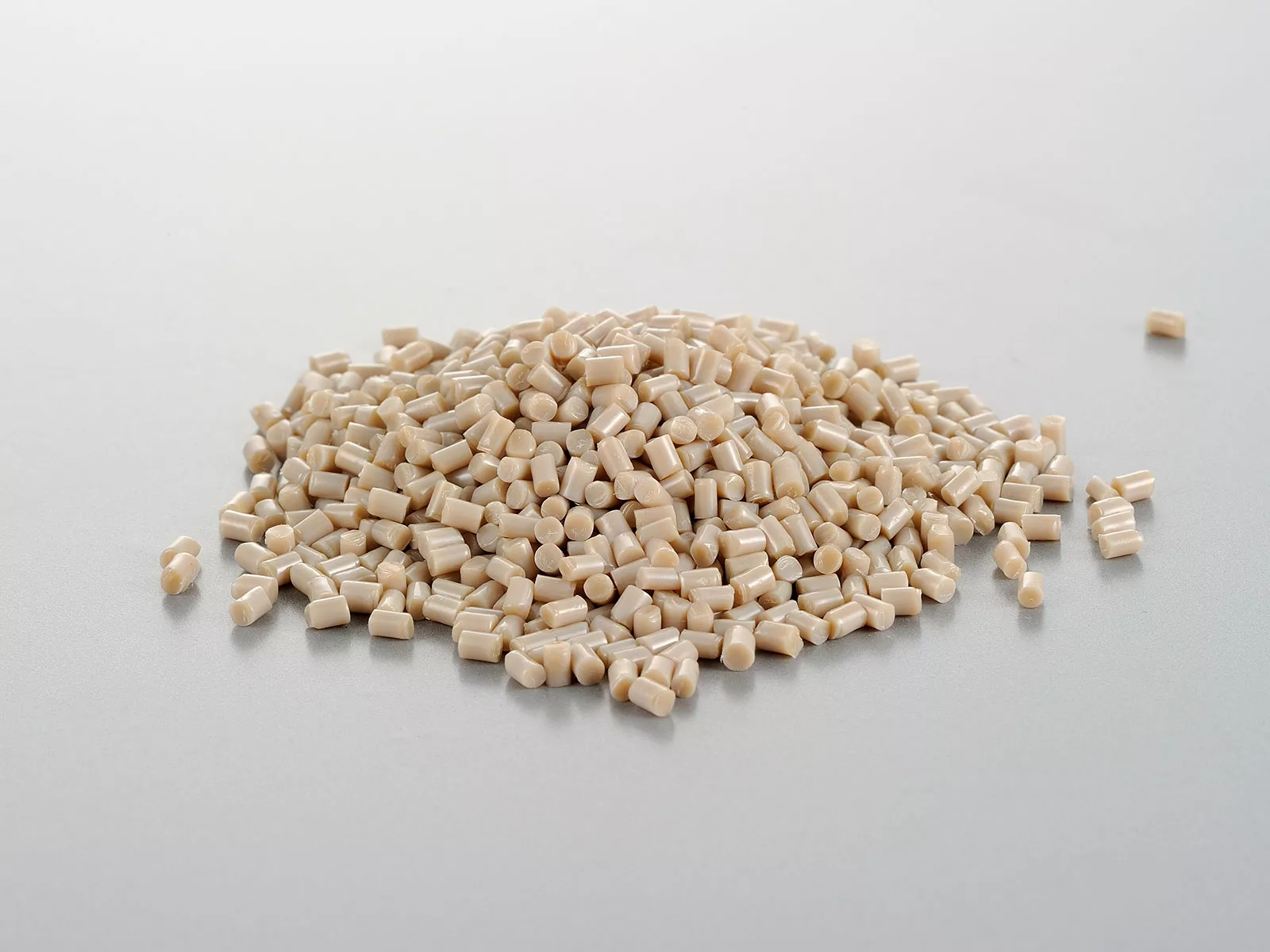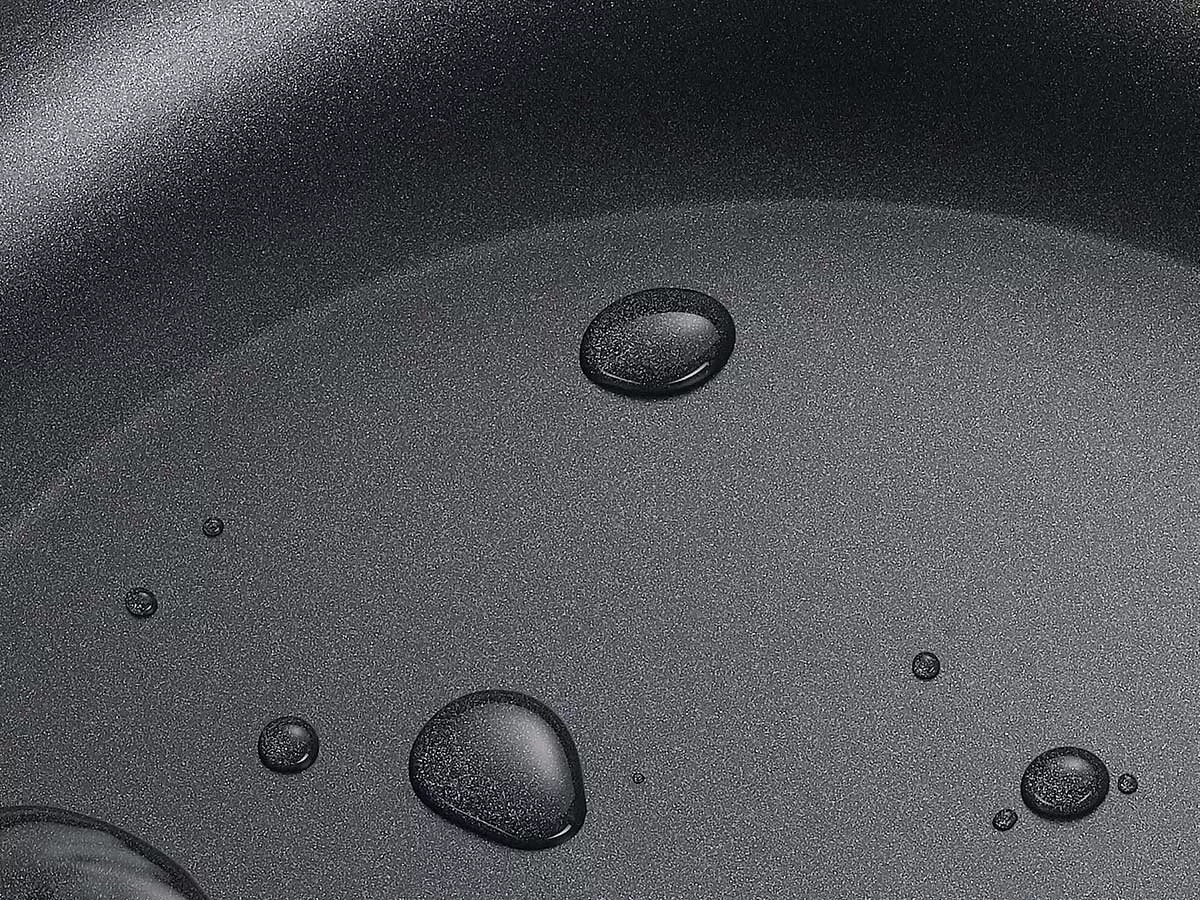In a groundbreaking study, researchers at the University of Cordoba have introduced a simple yet effective protocol to evaluate the efficiency and durability of commercial non-stick coatings used in cookware. The development comes amid concerns over the environmental and health impacts of traditional fluoropolymer coatings like Teflon, prompting the European Union to consider reducing or eliminating their use.
The study, conducted by the university's Mechanics Department team—Guillermo Guerrero, Francisco Comino, and Óscar Rodríguez—utilized a unique approach by turning their lab into a makeshift kitchen. The researchers tested the anti-adhesive power and durability of two traditional fluoropolymer coatings against two newer ceramic coatings using a highly adhesive pancake dough made from rice flour, sugar, and eggs.
"Our method involved cooking pancakes up to 90 times on each coating to assess performance," explained Guerrero. "We used a specialized spatula fitted with a dynamometer to measure the force required to peel the pancake off the cookware."
The results indicated that traditional Teflon coatings still outperform newer ceramic options, requiring 7 to 14 times less force to remove the sticky dough. However, the ceramic coatings showed superior resistance to scratching and high temperatures, despite their lower anti-adhesive qualities.
The research team also measured other factors such as the slip angle and surface roughness after repeated use, further demonstrating Teflon's effectiveness in comparison to ceramic coatings. "While ceramic coatings are tougher, they lack optimal non-stick properties, presenting a challenge in finding suitable replacements for fluoropolymers," Guerrero noted.
This new evaluation protocol is not only cost-effective and easy to implement but also suitable for industrial applications, marking a significant step forward in the search for environmentally safer and health-conscious alternatives to fluoropolymer-based non-stick coatings. The full findings are detailed in the latest issue of the Journal of Food Engineering, contributing valuable insights as the quest for the ultimate non-stick surface continues.





